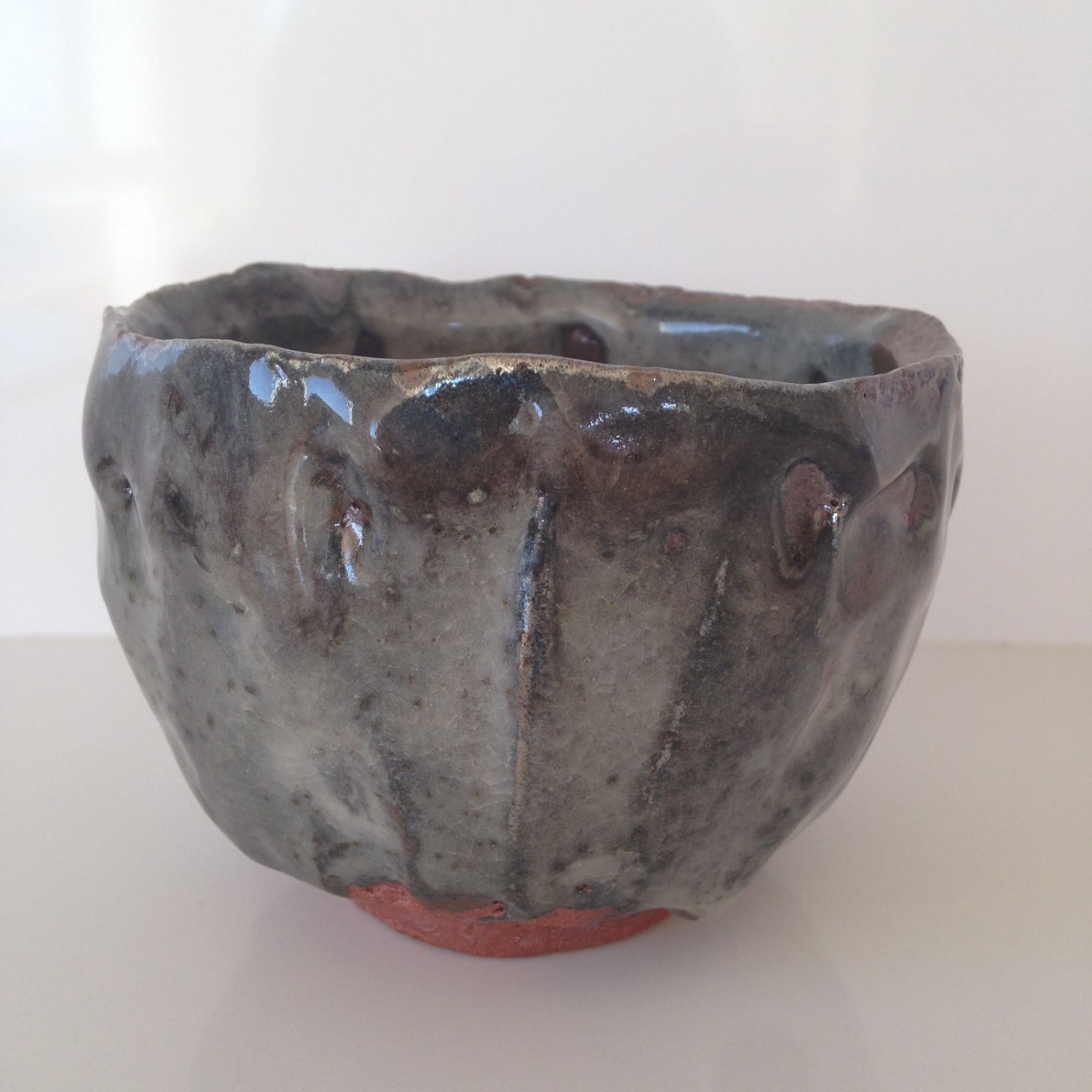Clay in artesans ceramic
The first thing we begin to know when we enter the exciting world of ceramics is that there are different types of clay as in nature.
If we look when we go for a walk in the countryside, we can see that the lands vary in terms of colors and textures. It has a different composition and quantity of chamotte (pebbles). In the past, potters selected their own lands and worked them in a complex and long process, in which they prepared them to make their pieces. Today we are fortunate that there are companies that are dedicated to carrying out this work, providing us with a varied and very rich amount of earth of different pigmentation, texture, absorption, resistance ... all of them within our reach. So we can select the most suitable clay for each job, with which we feel most comfortable ...
It is also important to take into account the type of clay or clay that we are going to use to test the enamels on which we are going to investigate, for our pieces. Knowing the clay we can also decide if we want to leave it without enamel to achieve the result we want. The color of the same can also vary according to the type of cooking that we are going to do, since depending on it the final result will also vary a lot.
Some differences according to types of clay and cooking
In the pieces in which the clay appears black, it is because the smoke has penetrated it due to the carbonation that we have made.
And in those that is clear, we have had an oxidizing atmosphere in the oven during cooking.




